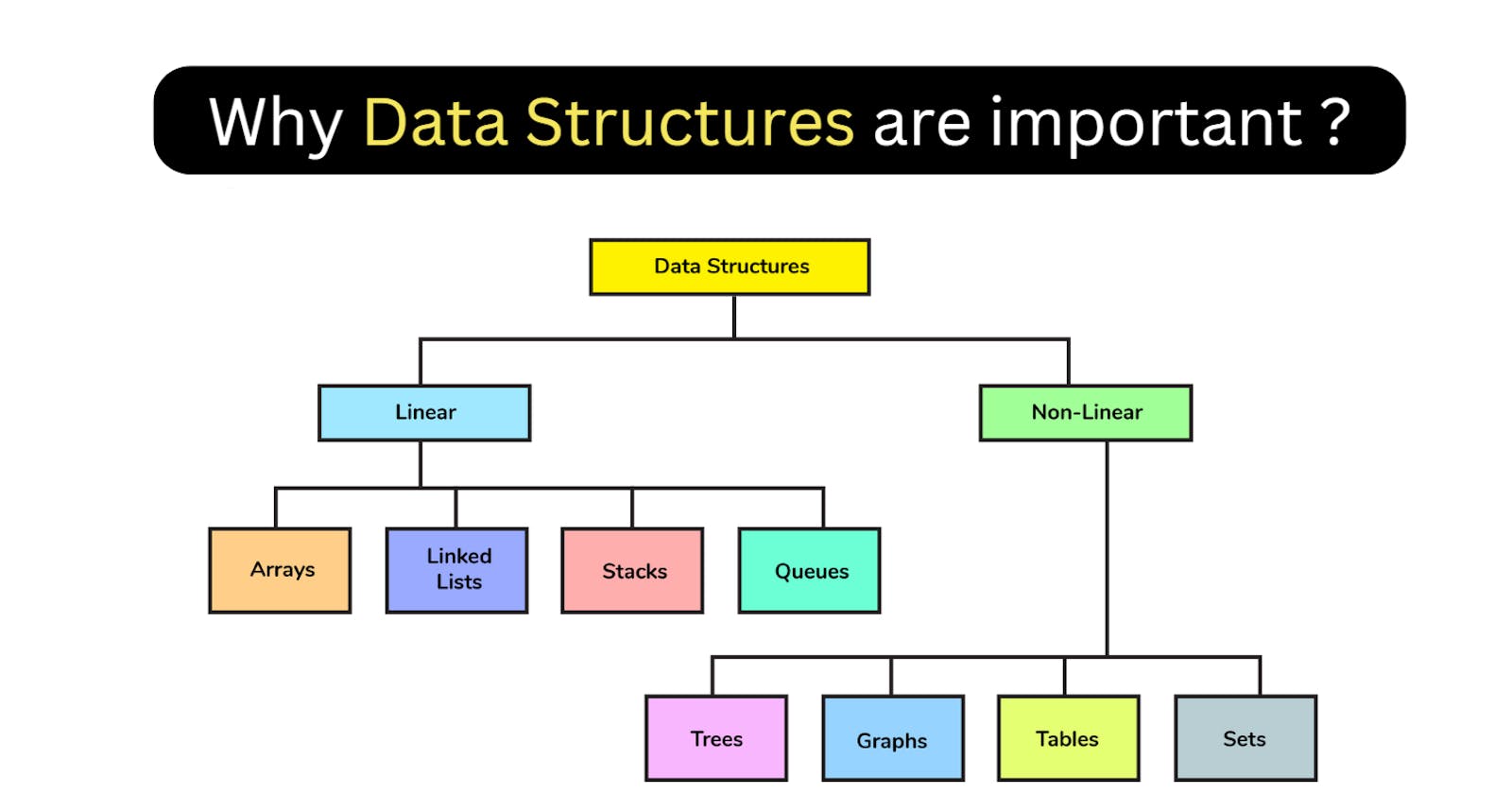Unlocking the Power of Data Structures

As an aspiring software developer, I've always been fascinated by the way computers store and manipulate data. One of the key concepts that underpin this is the idea of data structures – a way of organizing and managing data in a way that allows for efficient storage and retrieval.
If you're new to programming, the idea of data structures might seem a little intimidating. However, once you understand the basics, you'll find that they're actually a very powerful tool for solving a wide range of problems.
What are Data Structures?

At its core, a data structure is simply a way of organizing data. This can take many different forms, depending on the type of data you're working with and the specific requirements of your program.
For example, if you're working with a list of names, you might use an array – a fixed-size collection of values that can be accessed using an index. Alternatively, if you're working with a set of key-value pairs (like a dictionary), you might use a hash table – a data structure that uses a hash function to map keys to values.
Why are Data Structures Important?
So why are data structures so important? Put simply, they allow us to perform operations on large amounts of data much more efficiently than if we were just using simple variables or arrays.
For example, consider the problem of searching for a particular value in a large collection of data. If we were just using a simple array, we would need to search through each element one by one until we found the value we were looking for. This would be very slow for large data sets.

However, if we were using a binary search tree – a data structure that allows us to efficiently search for values by recursively dividing the data set in half – we could perform the same search much more quickly.
Common Data Structures
There are many different types of data structures that you might encounter as a programmer, each with its own strengths and weaknesses. Some of the most common include:
Arrays:
A fixed-size collection of values that can be accessed using an index. It stores
data of similar datatype only.
Linked Lists:
A collection of nodes, where each node contains a value and a reference to the next node in the list.
Stacks:
A collection of elements that can be added and removed in a "last in, first out" (LIFO) order.
Queues:
A collection of elements that can be added and removed in a "first in, first out" (FIFO) order.
Trees:
A collection of nodes, where each node has zero or more child nodes.
Hash Tables:
A data structure that uses a hash function to map keys to values.
Conclusion:
Data structures are a fundamental concept in computer science and are essential for anyone looking to become a skilled programmer. While they can seem daunting at first, with a little practice and patience, you'll find that they can greatly simplify complex programming problems and allow you to build more efficient and robust applications. So if you're just starting out in programming, take the time to learn about data structures – it'll be time well spent!

 Develop and Solve
Develop and Solve 


